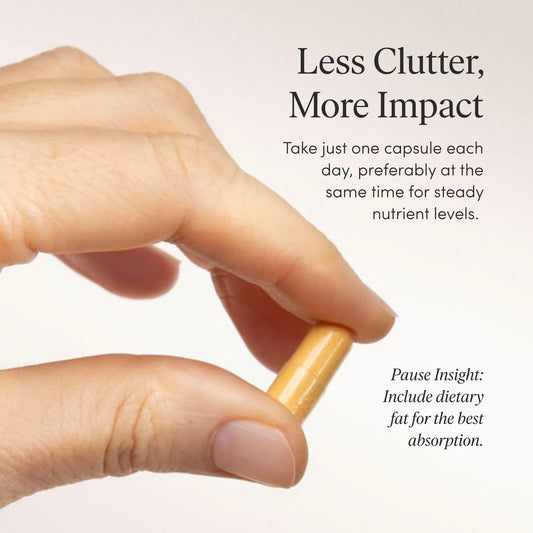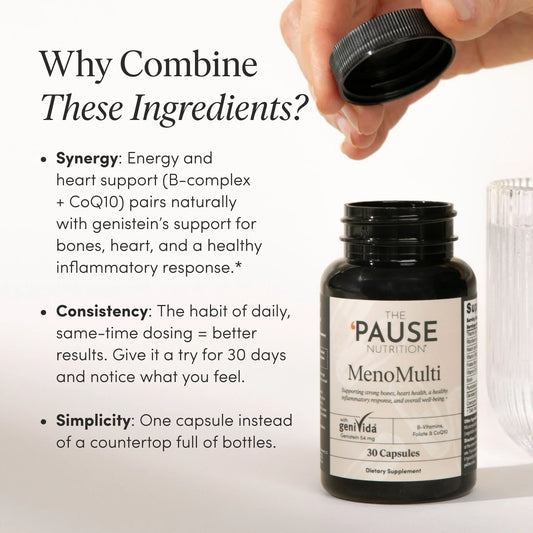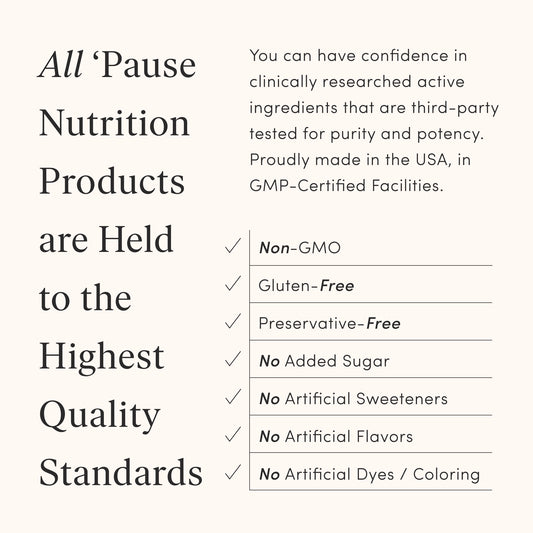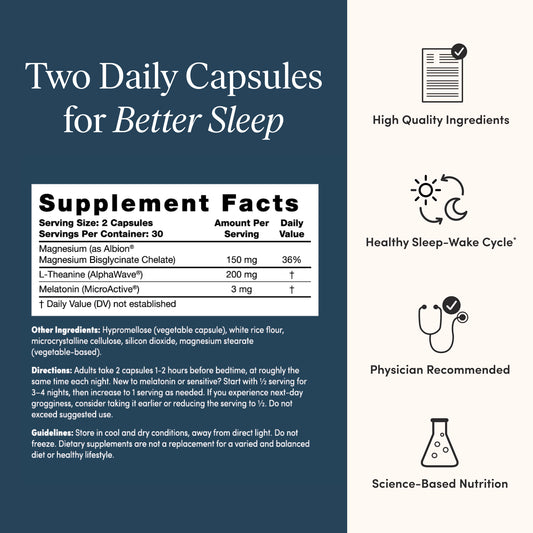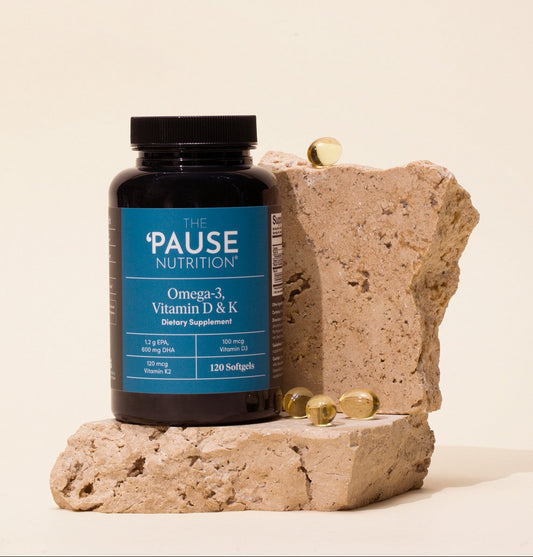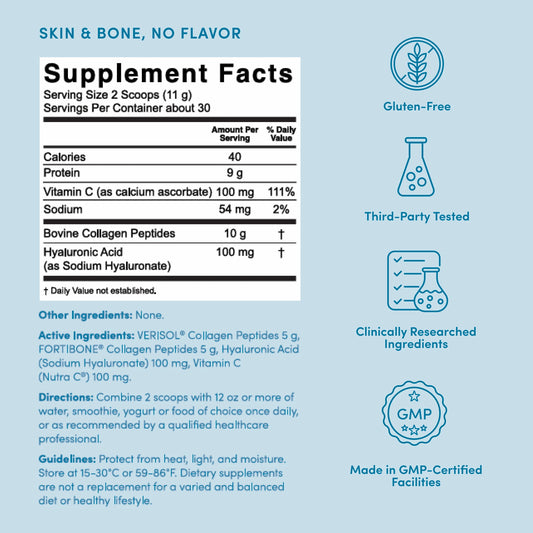10 Healthy Aging Habits to Prevent Dementia and Muscle Loss

Share
My Nursing Home Prevention Program
You’ve may have noticed that women in your family tend to live longer than men. That’s true for most of us. Women have an advantage of naturally living longer, without cold plunges, red light therapy, hyperbaric oxygen chambers and all the other things some of the “longevity bros" are doing to extend their lifespan. Most of us are so busy raising kids, fostering careers, caring for aging parents and trying to maintain our relationships, that we have little time for much else.
Unfortunately, there can be a downside to our longevity as women: we’re losing out more when it comes to healthy aging, and are likely to spend the last 20 percent of our lives in poorer health than our male counterparts. The two main reasons women suffer in the last part of our lives are a result of frailty and impaired cognition due to dementia. I looked up the statistics on both and they’re frightening.
Let’s talk about cognition first. Among people ages 70 to 84, for every 100 men in a nursing home, there are 246 women (1), according to the National Institutes of Health. That’s 2-½ more times women than men! The big reason women end up in nursing homes is because they get dementia and lose their independence. And compared to men, women are twice as likely to have Alzheimer’s disease (2).
Now, frailty has many facets, but overall it’s being weak, slow and unsteady on your feet. In a 2001 study published in the Journal of Gerontology (3), researchers from Johns Hopkins identified five observable characteristics that indicate that someone is becoming frail. The measures they identified among people in a care community were:
- Losing 10 pounds in the past year without trying
- Low grip strength
- Feeling exhausted and out of energy all the time
- Walking very slowly
- Burning very few calories due to lack of activity
People who had three or more of these frailty markers were more likely to see their health decline in the following three years. They were at high risk for a bad fall, worsening mobility, not being able to perform activities of daily living (such as dressing or feeding themselves), being hospitalized and dying. When they looked at age matched men and women, researchers found much greater frailty in women.
What can we do to prevent frailty and dementia?
We don’t get frail or lose our mental abilities overnight; both of these require years of many complex changes in our bodies and brains. So that means we have time to get a jump on things and set ourselves up for healthy aging.
But don’t put it off: start now at whatever age you are, because many of the changes that can lead to frailty and dementia start in our 30s.
For example, women start losing 3 to 5 percent of muscle mass (4) every decade beginning in our 30s. This is a condition called sarcopenia, where we lose our muscle. If we don’t do anything to reverse this trend, by age 55, we can have 15 percent less muscle than we did in our 30’s. That may not seem like a lot, but muscle is the number one organ of longevity. When we lose muscle, it starts a domino-like cascade of negative health effects.
- Our metabolism slows down—in our body and brain
- We feel tired, so maybe we don't exercise
- We gain weight especially dangerous visceral fat around our organs which can spike cholesterol and cause chronic inflammation
- Our blood sugar can rise and which can lead to prediabetes or diabetes
- Higher blood sugar is also linked to damage to the brain
- Slower brain metabolism is linked to cognitive issues. A study found adults with sarcopenia have an 80% higher risk of cognitive impairment(5)
And then there are the everyday physical implications of not having strong, fit muscles. It starts getting harder to walk up and down the stairs. You struggle to carry that bag of groceries or the laundry. Without strong muscles, you get unsteady on your feet and are at a higher risk for falling.
Did you know the bathroom is one of the most dangerous places in the home for older people? It's the number two place for home injuries. So the paramedics have to come because you fell in the shower and broke a bone or because you can’t get up off the toilet. I don’t want that to be me — and it doesn’t have to be you either.
10 ways to prevent dementia and frailty
Staying healthy as we age requires working at it from several different angles. As a 56 year old woman, here are some of the things that I’m doing right now to make sure I lower my risk of loss of independence as much as possible.
1) Build and maintain muscle
I do resistance training two to three times a week. When I used to exercise it was to stay thin and look a certain way, so I did a lot of cardio. Now I want to be strong, and I tell my daughters this too. I do this by lifting weights two to three times a week, working my upper body, lower body and core. Having more muscle is linked to better cognition and overall brain health (6). The more muscles you have, the better your brain works. If you need some help getting started, check out the Strength Society app.
2) Do 150 minutes of cardio exercise per week
Even though building and maintaining muscle is my focus, I still do cardiovascular exercise like to keep my heart and lungs healthy. I recommend to many of my patients that they do 30-45 minutes of zone 2 training in their ideal fat-burning zone several times a week to total at least 150 minutes each week. Check out this chart to find the right fat burning zone for your age. Even if you’re just starting to get back into fitness, get outside and take a walk. Whenever I walk, I wear a weighted vest for added muscle strength and to prevent bone loss. A five-year study found that post menopausal women who wore a weighted vest while doing exercise that included jumping maintained their hip bone density (7). When choosing a weighted vest, look for one that’s up to 10% of your goal weight.
3) Stretch and practice balance
The lack of estrogen brings many musculoskeletal changes that make us more stiff and achy. Without estrogen, our tendons start to shorten and get tighter. Even without an injury, as much as 85 percent of women report having pain they never had before menopause. For 20 percent of those women, sore, aching joints is the worst menopause symptom. So, we want to stretch our tendons, joints and ligaments to keep them flexible. Yoga and Pilates are great because they improve balance while giving us a good stretch.
4) Eat a nutrient rich diet that supports normal inflammation levels
One of the best ways to thrive at any time, but especially during our menopausal years, is by giving our bodies the nutrients it needs. We don’t burn calories as efficiently, so there’s no room for junk like sugary drinks, a lot of alcohol and processed foods. Following an anti-inflammatory diet rich in whole grains, healthy fats like omega-3 fatty acids, beans, lean proteins and lots of colorful fruits and vegetables provides lots of nutrients and antioxidants that reduce inflammation. Wondering if your own diet is giving you the anti-inflammatory foods you need? Take this quiz and find out then take a look at some of our favorite pantry items here.
5) Prioritize protein
You can’t build muscle without protein and most of us aren’t eating anywhere near enough. The RDA recommendations are way too low, and have been for about 30 years. My friend Dr. Gabrielle Lyon really taught me a lot about this! I recommend 1.3 to 1.8 grams of protein per kilogram of ideal body weight to be consumed throughout the day, not just at one meal. For most of us, this works out to about 30 grams of protein per meal (8) and 10 to 20 grams of protein per snack. You can check out our protein calculator to find your desired range, and use a nutrition tracker like Cronometer to help ensure you’re eating enough protein.
Hello Fresh is an excellent meal delivery service with pre-portioned ingredients and easy-to-follow recipes. With high protein, high fiber, vegetarian and family friendly options, there’s something delicious and satisfying for even the pickiest palate. Fresh, delicious meals, delivered to your door, ensures you’re fueling your body with with the nutrients it needs.
6) Take the right supplements
The best place to get vitamins and nutrients is from eating whole foods. But, for those gaps in my nutrition, I rely on a few key supplements. These are the supplements I take every day and why:
-
Magnesium - Magnesium can help regulate neurotransmitters and muscle relaxation. It may ease restless legs, nighttime muscle cramps, and promote deeper sleep.(9)* There are many great forms of magnesium, and the formulation you choose should be based on your overall health goals. Watch this YouTube video for more detailed information that may help you determine what is right for you.
-
Vitamin D - If we spend time in sunshine, we can make vitamin D with our skin, but as we age, our skin doesn’t produce vitamin D as easily, causing many of us to be deficient. Vitamin D aids in calcium absorption. It also helps with mood. Our cells absorb vitamin D best when it’s combined with a healthy fat such as omega 3 and vitamin K2, as in our ‘Pause Nutrition Omega 3 + Vitamin D & K2.*
-
Creatine - This is an amino acid that is naturally found in seafood and red meat. Creatine helps boost energy while we’re lifting weights, build muscle mass and strengthen our bones when combined with weight training, so I take 5 grams of creatine monohydrate every day.*
-
Turmeric - Turmeric is one of the top ingredients to help support a normal inflammatory response thanks to its golden active ingredient: curcumin. *
- Fiber - I think fiber is one of the highest quality, most underrated nutrients out there. I get more than 25 grams of fiber from foods like beans, chia seeds, and avocado that I eat every day, but I also take a fiber supplement that I developed that contains soluble and insoluble fiber so I’m sure to hit 35 grams of fiber daily. Here’s why: a large study of people in their 60s, 70s and 80s found that the more fiber people ate every day (10), (minimum 17 grams up to a maximum 34 grams) the higher they scored on DANTES Subject Standardized Tests (DSST). The Pause Nutrition fiber product provides 7 grams of fiber per day, which can be part of your total daily fiber intake.*
You can find links as well as other options to optimize your supplement stack on our website.
7) Practice intermittent fasting
There are many different styles of intermittent fasting. No matter which kind works best for you, the evidence is clear that fasting has a range of health benefits (11), including reducing inflammation, extending longevity and improving markers for pre-diabetes and cardiovascular disease. And when paired with a nutrition plan that includes at least 25 grams of fiber and less than 25 grams of added sugar each day, intermittent fasting may help reduce visceral belly fat. (12)
8) Create a sleep routine
Getting enough sleep is crucial for both brain and metabolic health, especially in our menopausal years. If sleep is a struggle for you, take a moment to look at your sleep habits. Many people have improved their sleep by stopping eating three hours before bed, limiting afternoon caffeine and putting away phones and tablets two hours before bed. I’ve found that limiting alcohol does wonders for my sleep. Turn your bedroom into a sanctuary for sleep, making sure your room is dim, cool (around 61 to 67 degrees) and quiet.
If you're doing it all and still struggling with your sleep, consider adding Pause Sleep®, targeted sleep support for relaxation, transition to nighttime rest, and a healthy sleep-wake cycle, to your nighttime routine.*
9) Manage stress
Unresolved chronic stress speeds up brain aging(13), affects our ability to think and sets us up for mental health conditions later in life. After menopause, I realized I needed to start meditating, so that’s how I begin every day. I do a gratitude exercise, which helps me release negative thoughts. For the first time in my life, I’m also putting my needs first and setting boundaries. I’ve never been happier or been a better mother and partner now that I'm putting my physical and mental health first. And I’m so proud to see so many of you in our online community doing the same thing.
10) Consider HRT
When you do all these other things plus hormone replacement therapy, then you’re really setting yourself up to age with a strong, vibrant body and an active mind. We know that women who take hormone therapy, especially early in their menopause have stronger bones (14), less dementia (15), lower heart disease risk and lower chance of dying from any cause (16). It may not be the right choice for every woman, but everyone deserves to have a conversation about her benefits and risks to make an informed decision.
Start with one or two of these healthy aging habits and then add more as you get into a routine. Learn more about how to combat the changes associated with the menopause transition by reviewing my longevity toolkit, and for a deeper dive, consider reading my book The New Menopause and consider reading some of the other books listed in the Brain Health section of 'Pause Favorites.
The choices we make today are going to affect our health, happiness and longevity as we age. So here’s adopting these habits to avoid dementia so you can enjoy a long life.
This article contains affiliate links.
*FDA Disclaimer


















